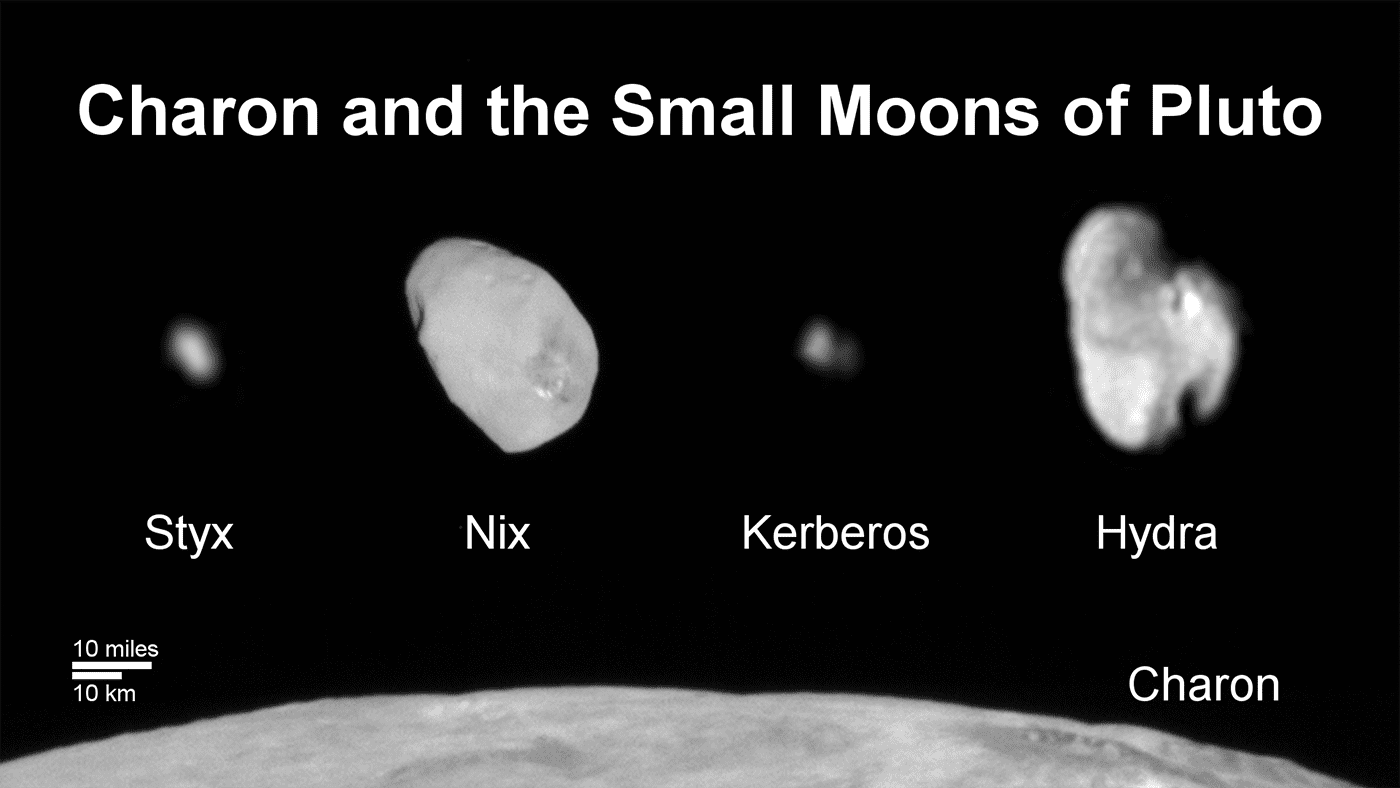People might disagree on whether Pluto should be considered a planet or a dwarf planet but no one disagrees this world is peculiar. Everything about it is so weird, from its heart to the fact that sometimes it is closer to the Sun than Neptune.
Among the quirky characteristics of this distant dwarf planet are its moons and the way they orbit Pluto. Actually, it’s more precisely the way they do not orbit Pluto because they don’t. They all orbit a point outside of Pluto, and Charon, its largest moon, is to blame.
You see, Charon has about half the diameter of Pluto and about one-eighth of its mass. This is so big that the barycenter of this system – the point around which objects in a system orbit – is actually 960 kilometers (about 600 miles) from the surface of Pluto, which is really far from the dwarf planet, about 83 percent of its radius.
Jupiter also technically doesn’t orbit the Sun, but given its size and distance from the Sun, orbits a point just out of its surface, about, 7 percent of the radius of the Sun. Pluto and Charon are also tidally locked with each other, which means they are always showing the same face as they perform this dance.
At the International Astronomical Union meeting in 2006, when the category of “dwarf planet” was created and Pluto was reclassified, there was a proposal to start calling Pluto and Charon a double planet. It ultimately didn’t go anywhere, but now some people refer to the pair as a double dwarf planet.
There are four more moons to consider: Stix, Nix, Kerberos, and Hydra. All four are tiny and irregularly shaped. Their orbital plane is consistent with the equator of Pluto, and scientists believed they are the results of a collision between Pluto and an object of comparable size, from which these chunks of space rock and ice formed.

A little family portrait of the moons of Pluto.
Image credit: NASA/JUAPL/SwRI
The orbits of these four tiny worlds are very close to circular and at their center, Pluto… isn’t. Instead, there is the barycenter between Pluto and Charon, which they orbit instead. This complex and peculiar dance gives rise to almost perfect patterns in their orbits. The periods of Styx, Nix, Kerberos, and Hydra are in a 3:4:5:6 pattern with that of Charon. That means that for every 60 orbits of Charon, Styx does 20, Nix, does 15, Kerberos does 12, and Hydra does 10.
There are more peculiar movements and influences between these bodies; this cosmic ballet is a whole production in itself, and yet, it’s a very successful one.
Source Link: None Of Pluto's Five Moons Actually Orbit The Dwarf Planet